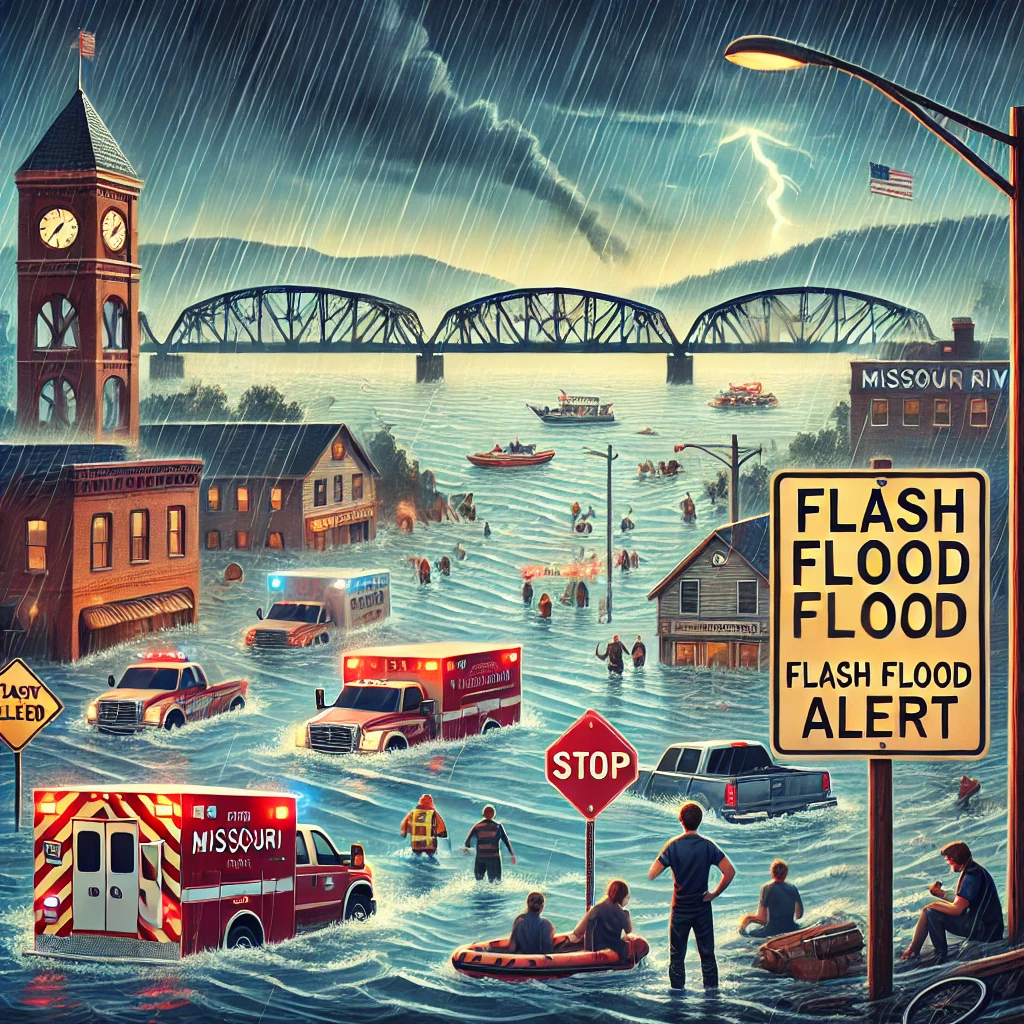Flood Warning: Understanding and Preparing for Flood Risks
Flood warning is a critical alert that aims to inform and prepare communities about imminent flooding events. Floods are one of the most common and devastating natural disasters, causing extensive damage to property and posing significant risks to human life. This blog explores what flood warnings entail, their importance, and how individuals and communities can effectively respond to these warnings.
What is a Flood Warning?
A flood warning is an official notification issued by meteorological and hydrological agencies, such as the National Weather Service (NWS) in the United States, indicating that flooding is imminent or already occurring. These warnings are based on weather forecasts, real-time river and stream data, and other hydrological information. Flood warnings are categorized into different types, including flash flood warnings, river flood warnings, and coastal flood warnings, each addressing specific flood scenarios.
Importance of Flood Warnings
Flood warnings serve several vital purposes:
- Public Safety: The foremost goal of a flood warning is to protect lives. By alerting people to potential flooding, it provides time for evacuation and other safety measures.
- Property Protection: Advanced warning allows property owners to take steps to safeguard their homes and belongings, such as moving valuables to higher ground and using sandbags to prevent water entry.
- Emergency Preparedness: Flood warnings enable local authorities and emergency services to mobilize resources, plan evacuations, and coordinate responses to minimize the impact of flooding.
- Community Awareness: These warnings raise awareness about flood risks and encourage communities to develop and maintain flood preparedness plans. https://buzzball.us/skin-cancer-and-sunscreen/
Types of Flood Warnings
- Flash Flood Warning: Issued for sudden and severe flooding caused by heavy rainfall, dam breaks, or rapid snowmelt. Flash floods develop quickly and are often life-threatening.
- River Flood Warning: Focuses on rising water levels in rivers and streams, which can lead to overbank flooding. These warnings provide information on the expected severity and duration of the flood.
- Coastal Flood Warning: Addresses flooding caused by high tides, storm surges, or tsunamis along coastal areas.
Responding to a Flood Warning
When a flood warning is issued, it is crucial to take immediate action to ensure safety and minimize damage. Here are some steps to follow:
- Stay Informed: Monitor local news, weather stations, and official websites for updates on the flood situation. Social media platforms can also provide real-time information.
- Follow Evacuation Orders: If authorities issue an evacuation order, leave the area promptly. Do not attempt to cross flooded roads or bridges, as water depth and current strength can be deceptive and dangerous.
- Prepare Your Home: If time permits, move valuable items to higher ground, disconnect electrical appliances, and use sandbags to block entry points for water. A flood warning gives you the chance to take these preventive measures.
- Create an Emergency Kit: Have an emergency kit ready with essential items like water, non-perishable food, medications, important documents, and a first-aid kit. This preparedness is vital during a flood warning when quick evacuation might be necessary.
- Stay Safe: Avoid walking or driving through floodwaters. Even a small amount of moving water can knock a person off their feet or sweep a vehicle away. Adhering to the guidelines in a flood warning is crucial for personal safety.
Conclusion
Understanding the significance of a flood warning and how to respond can save lives and reduce property damage. These warnings are not merely suggestions; they are vital alerts designed to prompt immediate action. By staying informed, preparing adequately, and following official advice during a flood warning, individuals and communities can mitigate the devastating effects of floods and ensure their safety. Flood preparedness is a shared responsibility, and heeding a flood warning is a crucial step in safeguarding our communities.

